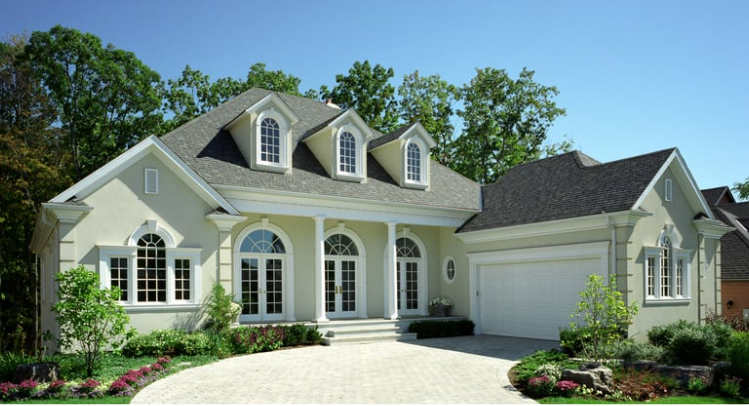What to Look for in the Neighborhood When Buying Real Estate
https://buymeacoffee.com/kaysogy/what-look-neighborhood-when-buying-real-estate
 When it comes to purchasing real estate, the property itself is only part of the equation. The neighborhood you choose can significantly influence your quality of life, future property value, and investment potential. Whether you're a first-time homebuyer or a seasoned investor, understanding what to look for in a neighborhood is essential for making a smart and secure purchase. In this article, we explore the key elements to consider when evaluating a neighborhood and how the right environment can support long-term real estate investment strategies.
When it comes to purchasing real estate, the property itself is only part of the equation. The neighborhood you choose can significantly influence your quality of life, future property value, and investment potential. Whether you're a first-time homebuyer or a seasoned investor, understanding what to look for in a neighborhood is essential for making a smart and secure purchase. In this article, we explore the key elements to consider when evaluating a neighborhood and how the right environment can support long-term real estate investment strategies.
1. Safety and Security: Safety is a non-negotiable factor in any real estate decision. A safe neighborhood not only provides peace of mind but also helps retain or increase property values over time. Use real estate mobile apps and local police websites to research crime statistics in the area. Also, consider visiting the neighborhood at different times of the day to observe activity and ambiance.
2. School District Quality: Even if you don’t have children, buying property in a top-rated school district can enhance your property investment strategy. Homes in strong educational zones tend to maintain higher demand and resale value. Online property listings often include school ratings, but you can also verify them using public education resources.
3. Access to Amenities and Services: Proximity to grocery stores, healthcare, fitness centers, restaurants, and public transportation increases a property's desirability. A neighborhood rich in amenities is ideal for personal use and can also be attractive to potential tenants if you're considering rental property management. This is particularly important in mixed-use developments, where convenience is a key selling point.
4. Future Development Plans: Before buying, investigate any upcoming zoning changes or development projects. New infrastructure, such as highways or shopping centers, can drastically affect property valuation tools and the long-term livability of the area. Real estate automation tools can help monitor development data and market changes more efficiently.
5. Community Vibe and Lifestyle Fit: Each neighborhood has its personality. Whether you’re seeking a quiet suburban feel or a lively urban environment, choose a place that aligns with your lifestyle. Visit local cafes, parks, or events to get a feel for the community and decide whether you’d be comfortable there for the long haul.
6. Employment Opportunities: A strong job market can boost housing demand and make a neighborhood more attractive for long-term investment. When researching areas, look at major employers, economic growth, and commuting options. This data is also critical if you’re using cloud-based real estate solutions to manage your investment properties remotely.
7. Walkability and Transportation Options: High walkability and accessible public transport increase property value and appeal. Smart home technology often integrates with neighborhood features like electric vehicle charging stations or transit apps, which are more common in progressive, well-planned communities.
8. Home Style Consistency and Maintenance: Well-maintained homes and public spaces are signs of a good neighborhood. They reflect community pride and often correlate with better real estate market trends. Neighborhoods with consistent home styles and landscaping also tend to appraise higher and attract like-minded buyers.
9. Demographics and Diversity: The population makeup of a neighborhood can affect everything from school funding to public services. A diverse, vibrant neighborhood often offers a richer cultural experience and better long-term stability. This is particularly relevant when managing digital property management for tenants with varied backgrounds and preferences.
10. Internet and Technology Infrastructure: With the rise of remote property inspections and online investing platforms, having access to reliable high-speed internet is increasingly important. Modern buyers and renters alike expect this level of connectivity, especially in areas marketed to digital nomads or tech-savvy residents.
Conclusion: Finding the right neighborhood is just as critical as selecting the right home. Taking time to assess the safety, schools, amenities, development potential, and community feel can save you from future regrets and boost your investment returns. Whether you're planning to live in the home or lease it, a well-chosen neighborhood can support your financial and lifestyle goals. By incorporating key considerations such as first-time homebuyer advice, neighborhood guides, and sustainable real estate principles, you can make a more informed and profitable decision in today’s dynamic housing market.
Comments
Post a Comment